Don Quixote as the Spanish Christ
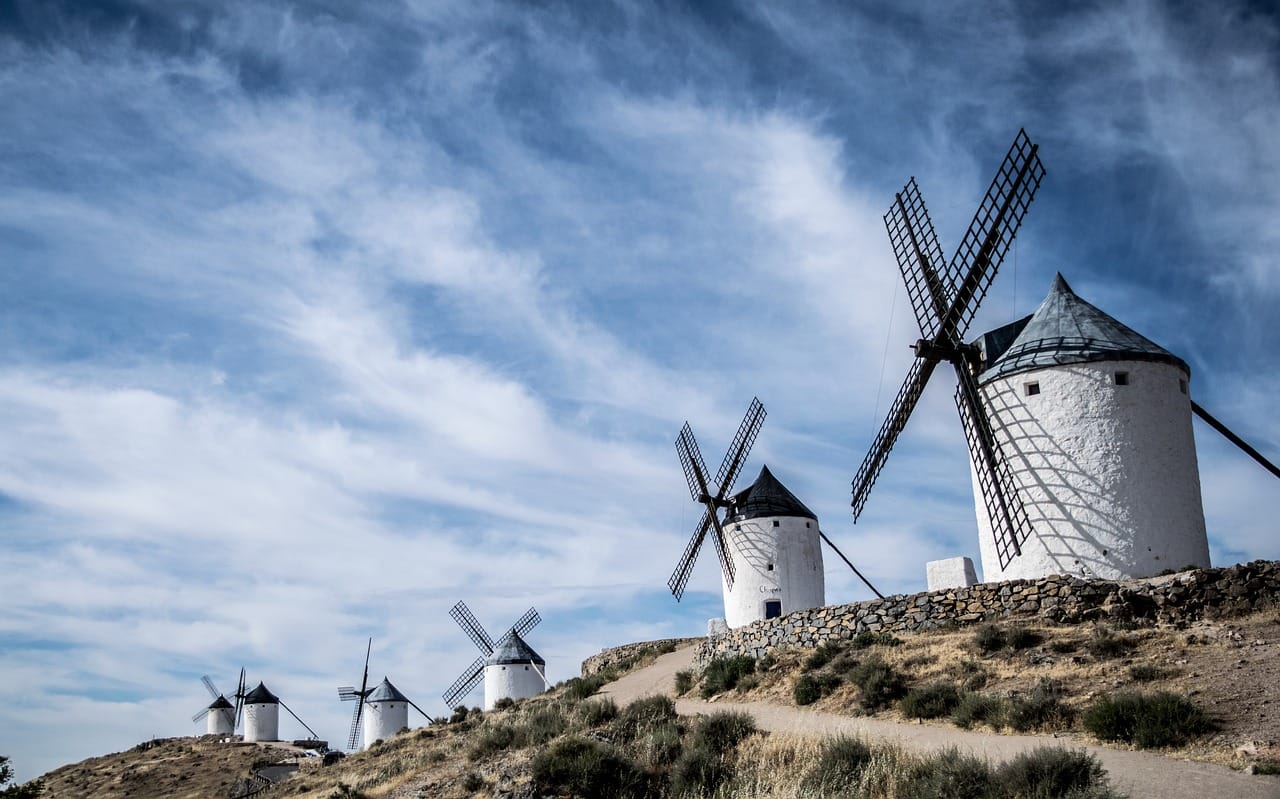
There's an essay from 1860 by Turgenev, the Russian writer, called Hamlet and Don Quixote. In it, he contrasts two heroic types. There is the man who thinks he is strong, like Don Quixote, but who really isn't. He takes action, but he is ridiculous. Yet, he acts nobly on behalf of others and without egotism; a Holy Fool. Then there is the man who knows he is weak, like Hamlet, who analyzes the situation well, but who finds that he just cannot act. Turgenev comes down in favor of Don Quixote and damns Hamlet for his elitism and his selfishness. Turgenev over-simplifies...
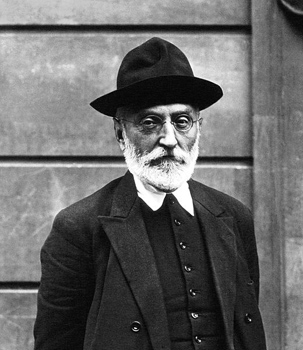
In Spain, Miguel de Unamuno read Shakespeare's plays in the last months of his life during the Spanish Civil War (he died in 1936). As the country disintegrated, he found a lot in common with Shakespeare's history plays and King Lear. As many have observed, Lear is more Fool than Holy.
Earlier in his career, Unamuno had built up Don Quixote into a national hero in multiple essays such as The Knight of Sad Countenance (1896), La Vida de Don Quijote y Sancho (1905) and again in the final chapter of his most famous work, Del sentimiento trágico de la vida en los hombres y en los pueblos (The Tragic Sense of Life) (1913).
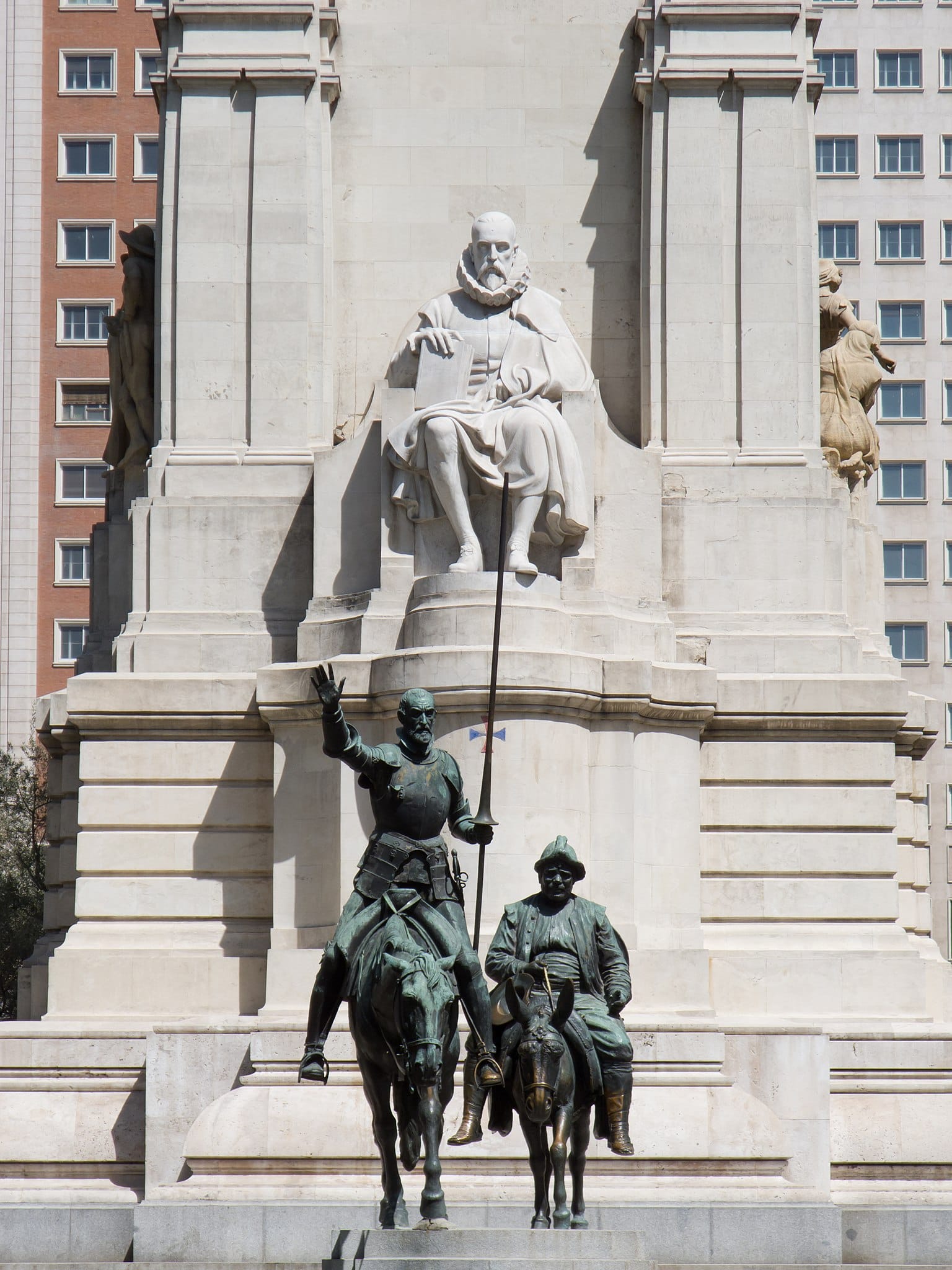
In the latter,"Don Quixote Today," Unamuno makes the case that Don Quixote should be the prototypical Spanish hero for a Spain that has lost its sense of identity when it lost its empire in 1898. Laden with tragic irony, he argues that "we must look for the hero of Spanish thought, not in any actual flesh-and-bone philosopher, but in a creation of fiction, a man of action, who is more real than all the philosophers." In other words, Don Quixote - although ridiculous - is a Christ-like figure who can save Spain. Save Spain from what, though? Moral and spiritual degeneration? Below is Joaquín Sorolla's Trata de Blancas (The White Slave Trade) from 1894-95 - four prostitutes in a train carriage with their Celestina (procuress).
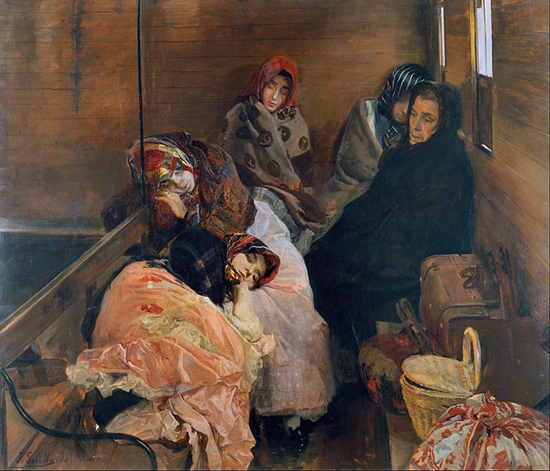
I find much of Unamuno's writing ironic and paradoxical rather than deadly serious. His dreams of immortality too are eroded by mockery, just as Christ was mocked:
It was by making himself ridiculous that Don Quixote achieved his immortality.
Don Quixote was converted. Yes — and died, poor soul. But the other, the real Don Quixote, he who remained on earth and lives among us with his spirit — this Don Quixote was not converted, this Don Quixote continues to incite us to make ourselves ridiculous, this Don Quixote must never die.
And if the world wished to make Don Quixote king, he would retire alone to the mountain, fleeing from the king-making crowds, as Christ retired alone to the mountain when, after the miracle of the loaves and fishes, they sought to proclaim him king. He left the title of king for the inscription written over the cross.
Spain then suffered through an appalling civil war before another prominent artistic figure, Salvador Dalí, embraced this image of Don Quixote as Christ-like. In a series of illustrations for a 1945 edition of Don Quixote, Dalí's Don Quixote is a Man of Sorrows. One of those images is below. Bottom left he is standing in crucifixion mode inside a windmill. At top he attacks the windmill. Bottom right, though it's hard to see, he is broken and defeated. Dalí's vision is a cynical and secular one, of a foolish idealist who pursues his own destruction.
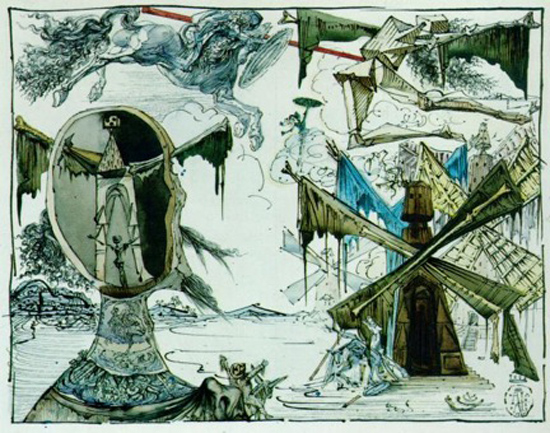
Many other writers and artists have expanded upon this myth (Don Quixote - Christ - Spain) ever since, and not just in Spanish, coming to very different conclusions.
